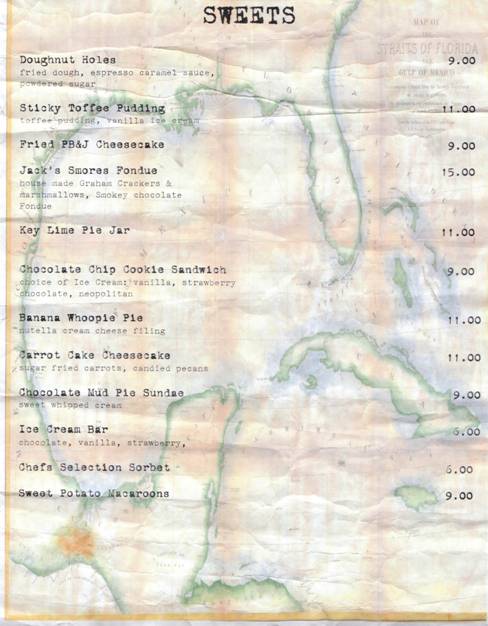Putting on the Ritz in the Kitchen
When you think of upscale dining at hotel brands such as St. Regis, Four Seasons or Ritz Carlton, do you think about wearing formal or semiformal attire? For most, tradition dictates that a five-star hotel naturally comes with an uber-luxury restaurant accompaniment. This dining establishment would typically feature high priced menu items, often themed, and an expansive wine selection. Service would always be exemplary. In all, every detail would lend itself to an incredible and often unforgettable dining experience (with prices to boot!).
This ‘fancy dining’ proposition is challenged by the exceedingly casual lifestyle of South Florida. While there is no shortage of dining options, one would be hard-pressed to find anyone wearing a jacket or formal dress, except perhaps at a life cycle function such as a wedding.
Take for example The Ritz-Carlton in Sarasota, Florida, a stunning, 266-room luxury property. When opened in 2001, it featured a traditional dining establishment. Catering primarily to in-house guests, the restaurant’s premium pricing rendered it primarily as ‘special occasion only’ space for locals.
To improve overall revenue, management embarked on a bold vision, repositioning the venue under a new name: Jack Dusty. According to Chef de Cuisine Caleb Taylor, the plan was to create an environment that was locally focused, fun and welcoming. He notes, “Despite the widespread availability of exceptional locavore products, it was nevertheless difficult to find anyone focusing on this trend.”
 He continues, “With this as a base, we set out to build a menu with each food item priced one or two dollars below the equivalent in our competitive set. In this way, local diners would immediately recognize value. Thus, our goal was to deliver fresh food, expertly prepared, value priced and all in our incredibly luxurious environment.” That was the first step.
He continues, “With this as a base, we set out to build a menu with each food item priced one or two dollars below the equivalent in our competitive set. In this way, local diners would immediately recognize value. Thus, our goal was to deliver fresh food, expertly prepared, value priced and all in our incredibly luxurious environment.” That was the first step.
Next was to create a memorable and ‘fun’ experience. Consistent with the Jack Dusty theme, the Ritz-Carlton team designed menus with courier-esque fonts that look like they were produced on a manual typewriter with old-style wood-block illustrations. The menu is presented on a clipboard, adding to the casual vibe.
Food presentation is simple; settings and dishes casual, not a white tablecloth in sight. Even bread is made in house, baked and served from a tin can.
As an exciting ending to the meal, the dessert menu is printed on a pseudo-treasure map of Florida (see picture), the paper extensively beaten then rolled into a glass bottle for tabletop distribution. Menu items are anything but orthodox and always with an interesting twist. Did you ever think that you would see s’mores and whoopie pies on a Ritz-Carlton menu?
Results have been impressive, with overall restaurant volume up over 50%. Locals now represent over 60% of total traffic – in all, a remarkable transformation. Significantly, attracting more community members to the Jack Dusty concept has had a halo effect on other product offerings at the hotel.
So, if a Ritz-Carlton can totally change their food offering like this, why can’t you? Examine your restaurant operation. Are you truly happy with the performance? Do your price points appeal to the local market? Or, to be more precise, is your restaurant’s atmosphere appealing to people in the neighborhood?
Change is an attitude. Jack Dusty’s brilliance is in the creativity and the execution. The Ritz –Carlton recognized the challenges in the marketplace and stuck to a plan that delivers for the target audience. Applause to them. Now it’s your turn!
(Article by Larry Mogelonsky, originally published in eHotelier on June 18, 2015)




